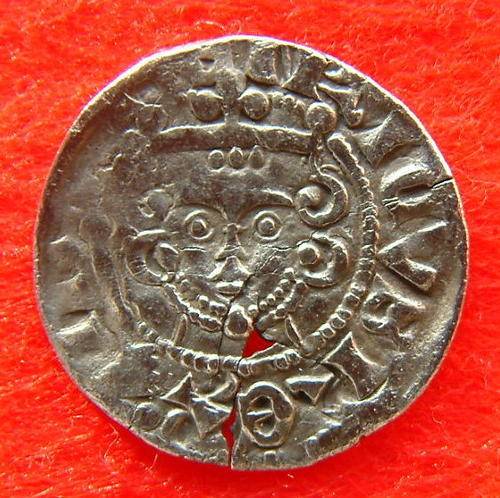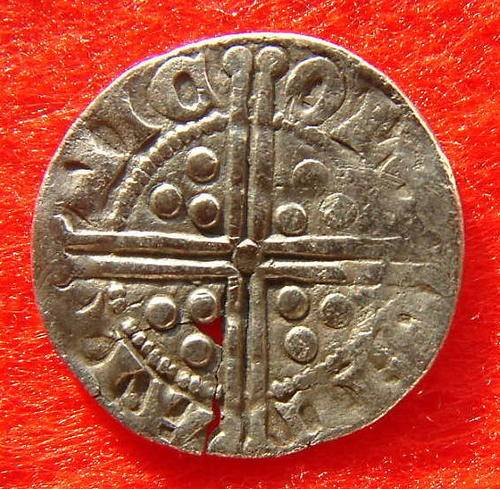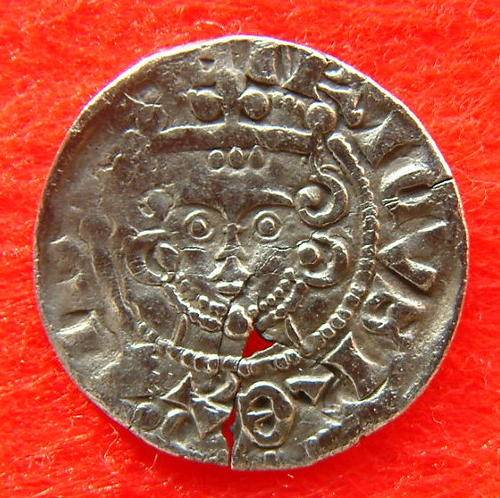 On the death of King John (remember him? He was the king who was forced to sign the Magna Carta), the barons of the court had invited Louis, son of king Philip of France, to be their king, But, the English Barons, knowing that Louis and Philip had been King John’s worst enemy, decided rather to proclaim Henry, John’s eldest son, aged just 9 years, as king. Hubert de Burgh, a very loyal and sincere man, undertook to govern for him until he reached maturity. However, this led to a battle with Louis, but he was defeated at Lincoln and de Burgh also managed to sink so many of the French ships that Louis was driven back to France. However, when Henry did become king, he certainly was not interested in ruling by the Magna Carta and broke rules in all directions, raising money by illegal taxes. This eventually led to the barons, accompanied by their fighting men in full armour, to force Henry to submit. But, Henry's refusal to accept the provisions set out by the barons, led to the second Barons' War in 1264, a revolt of nobles led by his brother-in-law Simon de Montfort. Henry was defeated at Lewes, Sussex, and imprisoned, but restored to the throne after the royalist victory at Evesham in 1265. He was succeeded by his son Edward I.
On the death of King John (remember him? He was the king who was forced to sign the Magna Carta), the barons of the court had invited Louis, son of king Philip of France, to be their king, But, the English Barons, knowing that Louis and Philip had been King John’s worst enemy, decided rather to proclaim Henry, John’s eldest son, aged just 9 years, as king. Hubert de Burgh, a very loyal and sincere man, undertook to govern for him until he reached maturity. However, this led to a battle with Louis, but he was defeated at Lincoln and de Burgh also managed to sink so many of the French ships that Louis was driven back to France. However, when Henry did become king, he certainly was not interested in ruling by the Magna Carta and broke rules in all directions, raising money by illegal taxes. This eventually led to the barons, accompanied by their fighting men in full armour, to force Henry to submit. But, Henry's refusal to accept the provisions set out by the barons, led to the second Barons' War in 1264, a revolt of nobles led by his brother-in-law Simon de Montfort. Henry was defeated at Lewes, Sussex, and imprisoned, but restored to the throne after the royalist victory at Evesham in 1265. He was succeeded by his son Edward I.
During Henry’s reign, the ‘short-cross’ penny continued in use until 1247. but, constant illegal clipping of the coins, meant that many were underweight, giving the people no clear indication of how big the coin was meant to be. Thus, in 1247, the new ‘long cross’ penny made its appearance, with the ‘cross’ reaching to the edge of the coin, making it more obvious if a coin had been clipped. The design did not change substantially but if made it easier for the coin to be cut into halves or quarters for change. But, the illegal clipping went on ...as usual!!
The coin, as shown, has a crack, although relatively stable,must be handled with some care. However, the coin shows a very clear portrait of Henry - the best we have of all the Henry coins. There is some slight wear to the reverse but much of the wording remains. It measures 17.5mm in diameter and weighs just over 1.20 grams. Henry is shown holding a scepter in his left hand. The coin is a Canterbury mint.
This is a hammered coin. Hammered coins were produced by placing a thin sheet of metal, either gold, silver or copper, between two dies, and striking the top die as to create an image on each side. Because of this method, it was difficult to produce coins of a regular diameter, and, often coins were clipped. Slivers of the coins were removed by unscrupulous traders and the metal eventually re-sold.
This coin was found in England by metal detection.
Please note - I am NOT a numismatist, but, from my research, I believe this coin is dated and identified correctly. My apologies, if I am wrong.
Price R400.00
Post R25.00
Terms: We offer a strict three-day approval period from the date the parcel reaches you. Refunds/credits are based on the cost of the article, NOT including delivery charges. Please advise us within this period whether you would like to return any article for a refund/credit. Although we pride ourselves in our packing, the buyer remains responsible for loss, non-arrival or damage to goods being sent to, or returned.


 On the death of King John (remember him? He was the king who was forced to sign the Magna Carta), the barons of the court had invited Louis, son of king Philip of France, to be their king, But, the English Barons, knowing that Louis and Philip had been King John’s worst enemy, decided rather to proclaim Henry, John’s eldest son, aged just 9 years, as king. Hubert de Burgh, a very loyal and sincere man, undertook to govern for him until he reached maturity. However, this led to a battle with Louis, but he was defeated at Lincoln and de Burgh also managed to sink so many of the French ships that Louis was driven back to France. However, when Henry did become king, he certainly was not interested in ruling by the Magna Carta and broke rules in all directions, raising money by illegal taxes. This eventually led to the barons, accompanied by their fighting men in full armour, to force Henry to submit. But, Henry's refusal to accept the provisions set out by the barons, led to the second Barons' War in 1264, a revolt of nobles led by his brother-in-law Simon de Montfort. Henry was defeated at Lewes, Sussex, and imprisoned, but restored to the throne after the royalist victory at Evesham in 1265. He was succeeded by his son Edward I.
On the death of King John (remember him? He was the king who was forced to sign the Magna Carta), the barons of the court had invited Louis, son of king Philip of France, to be their king, But, the English Barons, knowing that Louis and Philip had been King John’s worst enemy, decided rather to proclaim Henry, John’s eldest son, aged just 9 years, as king. Hubert de Burgh, a very loyal and sincere man, undertook to govern for him until he reached maturity. However, this led to a battle with Louis, but he was defeated at Lincoln and de Burgh also managed to sink so many of the French ships that Louis was driven back to France. However, when Henry did become king, he certainly was not interested in ruling by the Magna Carta and broke rules in all directions, raising money by illegal taxes. This eventually led to the barons, accompanied by their fighting men in full armour, to force Henry to submit. But, Henry's refusal to accept the provisions set out by the barons, led to the second Barons' War in 1264, a revolt of nobles led by his brother-in-law Simon de Montfort. Henry was defeated at Lewes, Sussex, and imprisoned, but restored to the throne after the royalist victory at Evesham in 1265. He was succeeded by his son Edward I.